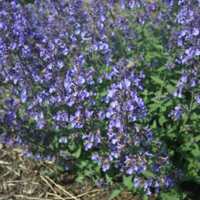How to shop smartly at the garden center – 9 ways to avoid overspending without compromising on style
Allow your budget to go further at the garden center with our expert buying advice
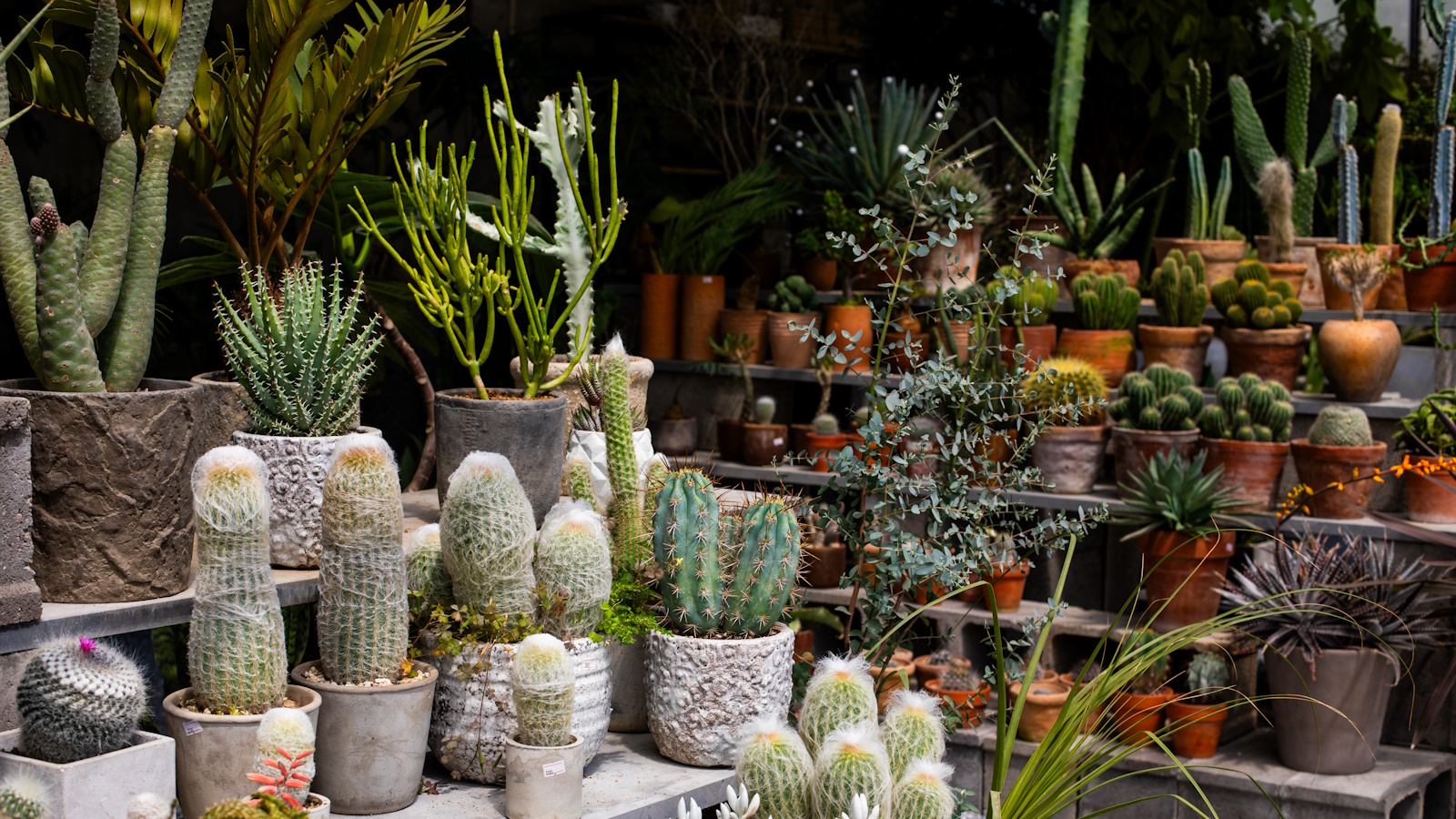
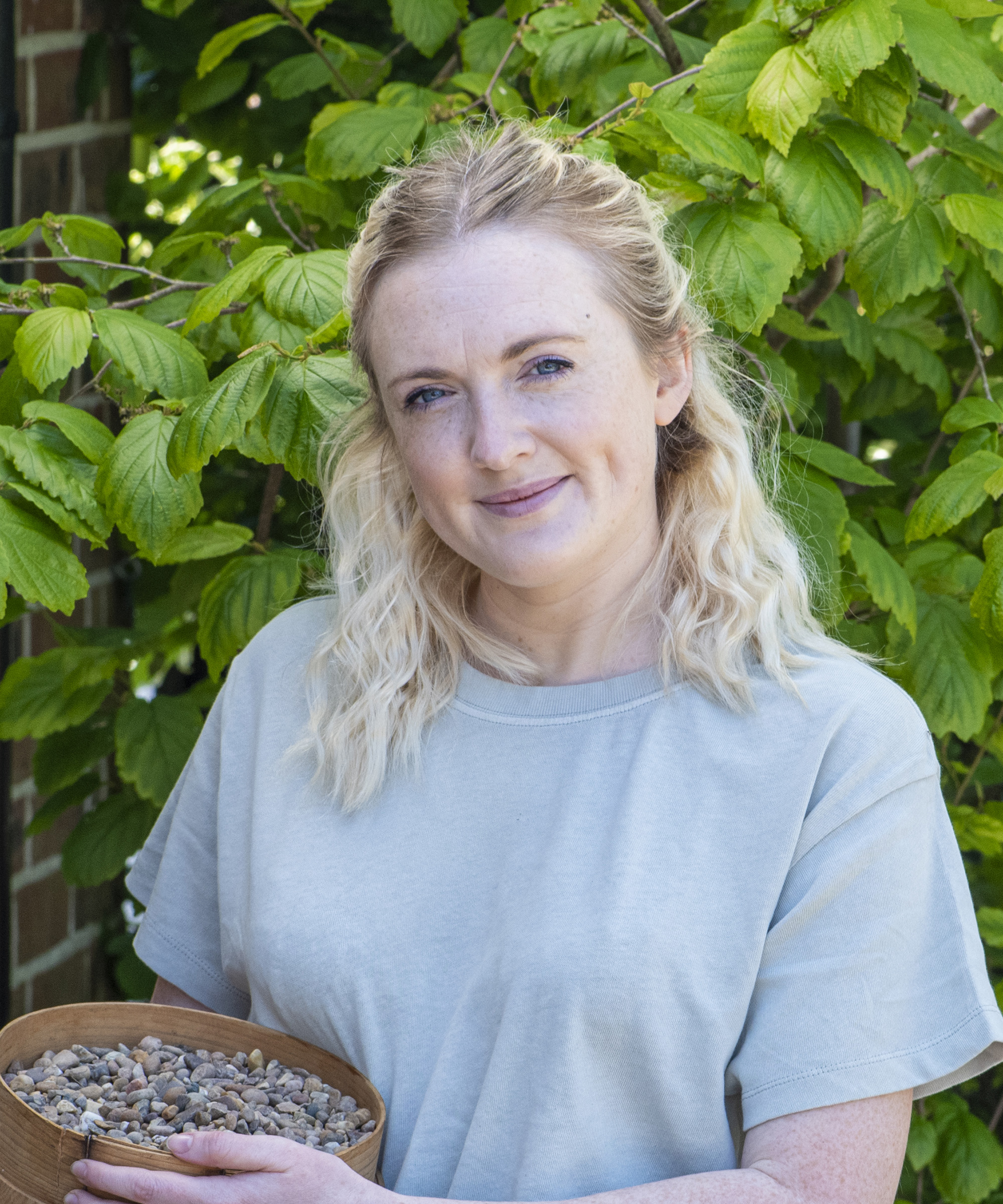
Learning how to shop smartly is a sure way to save money at the garden center. I find going armed with a plan and a list is always a good start to ensure my dollar goes further. But there are plenty of other tips and tricks I've picked up over the years, which have helped avoid the traps of over spending when you're shopping for your backyard.
Garden centers can be expensive, with perennials often retailing at over 10 bucks each and the more expensive plants, like roses, for more than twice that.
It’s easy to stack up a big bill at the checkout, despite feeling you haven’t bought very much. Thankfully, there are lots of ways to save money in the garden when you're buying plants, without having to compromise on beautiful backyard design.
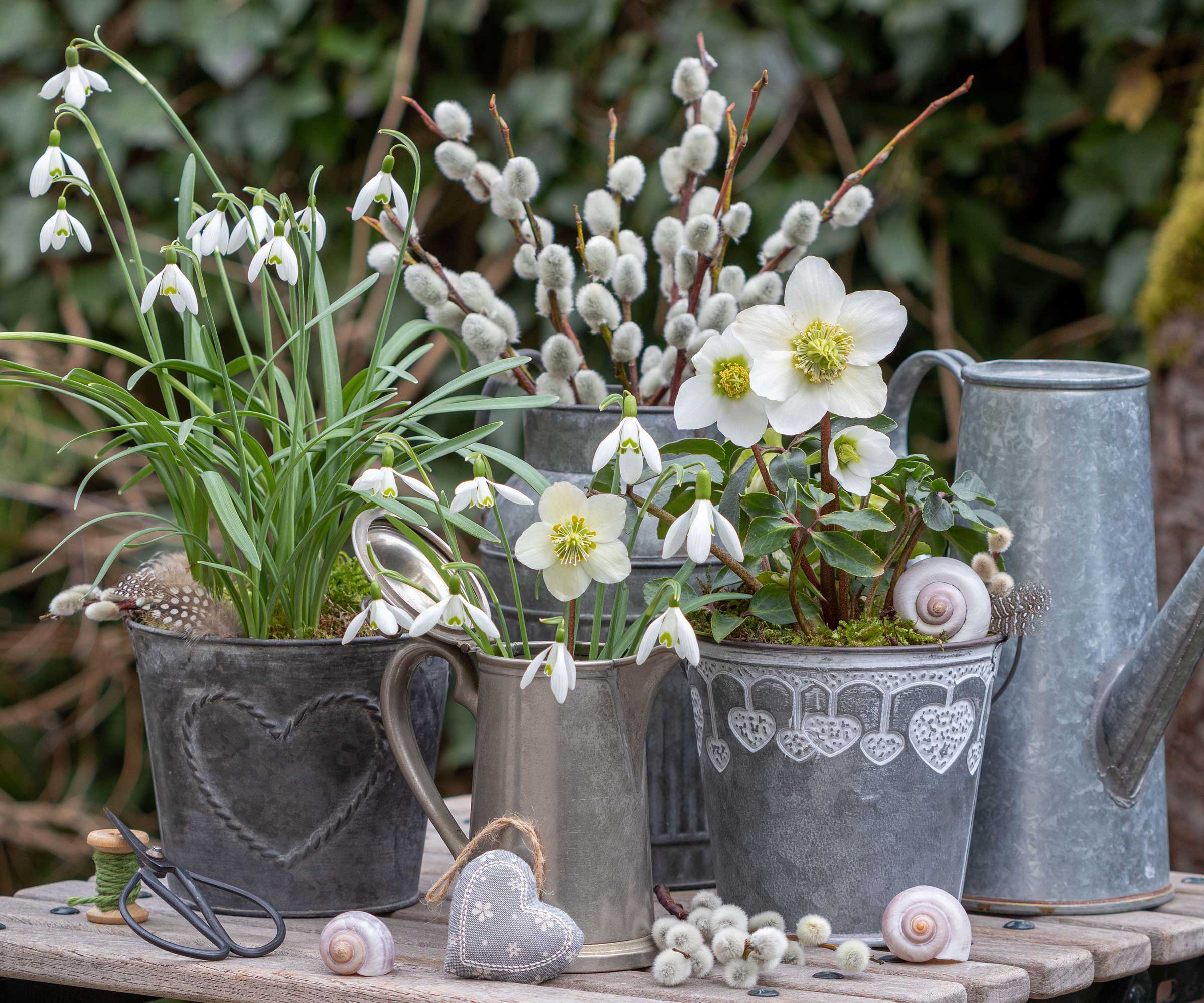
Discover how to save money at the garden center
A plan is key, so always try to know what area of your yard are you shopping for. It's also really useful to understand what soil type you have in your yard and how much light it gets. This will help to ensure you're buying the right plant for the right place.
1. Head for the seed section
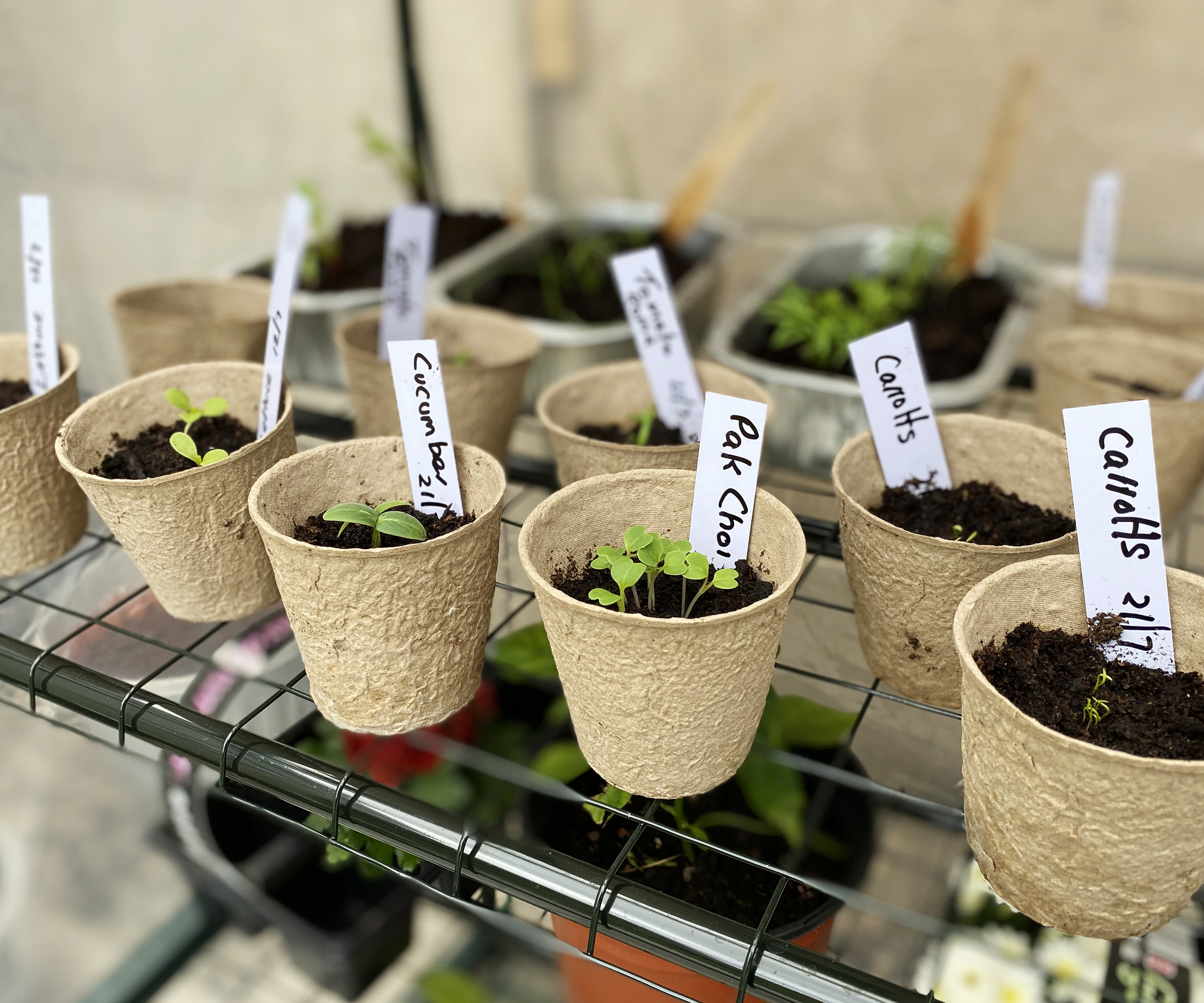
Buying seed packets will provide better value than plants
‘You can fill a flower border without spending a ton of cash, by planting some annuals and perennials by seed,’ says Kier Holmes, author of The Garden Refresh: How to Give Your Yard Big Impact on a Small Budget, available on Amazon. ‘Some are surprisingly fast and easy to grow, plus a packet of seeds is inexpensive. I love wildflower mixes that come in a can if you have a large area. My favorite plants to grow by seed are nasturtiums, California poppies, calendula, zinnias, cosmos, and columbines.’
Look for the best seed deals. For example, fiddleneck (Phacelia) is often reasonably priced, such as these 200+ lacy phacelia flower seeds at Amazon. It grows quickly and it nourishes the soil, producing charming blue blooms that feed bees for months. It’s is often used as a cover crop to cultivate green manure, and makes a wonderful plant for pollinators.
Ensure you buy seed that is viable (capable of germination). The longer it’s stored and the hotter the place it’s stored in, the less likely it will be to grow, so avoid seed kept in a glass-roofed garden center. Watch out for seed packets which appear to have faded from sitting in the sun.
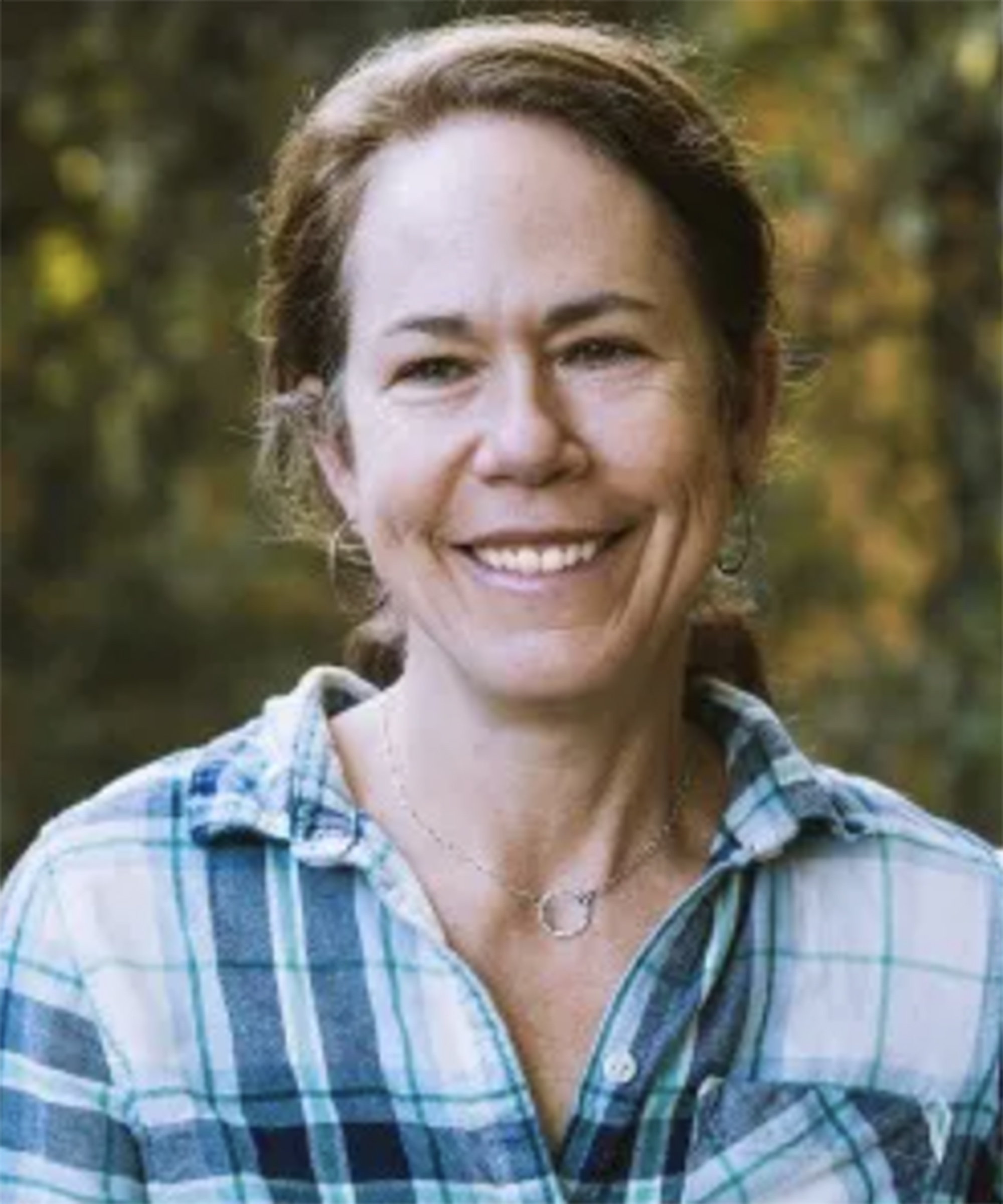
Kier is a garden writer for brands including Martha Stewart and Better Homes and Gardens. Her book 'The Garden Refresh: How to Give Your Yard Big Impact on a Small Budget' is full of savvy money saving tips.
2. Buy baby-sized plants
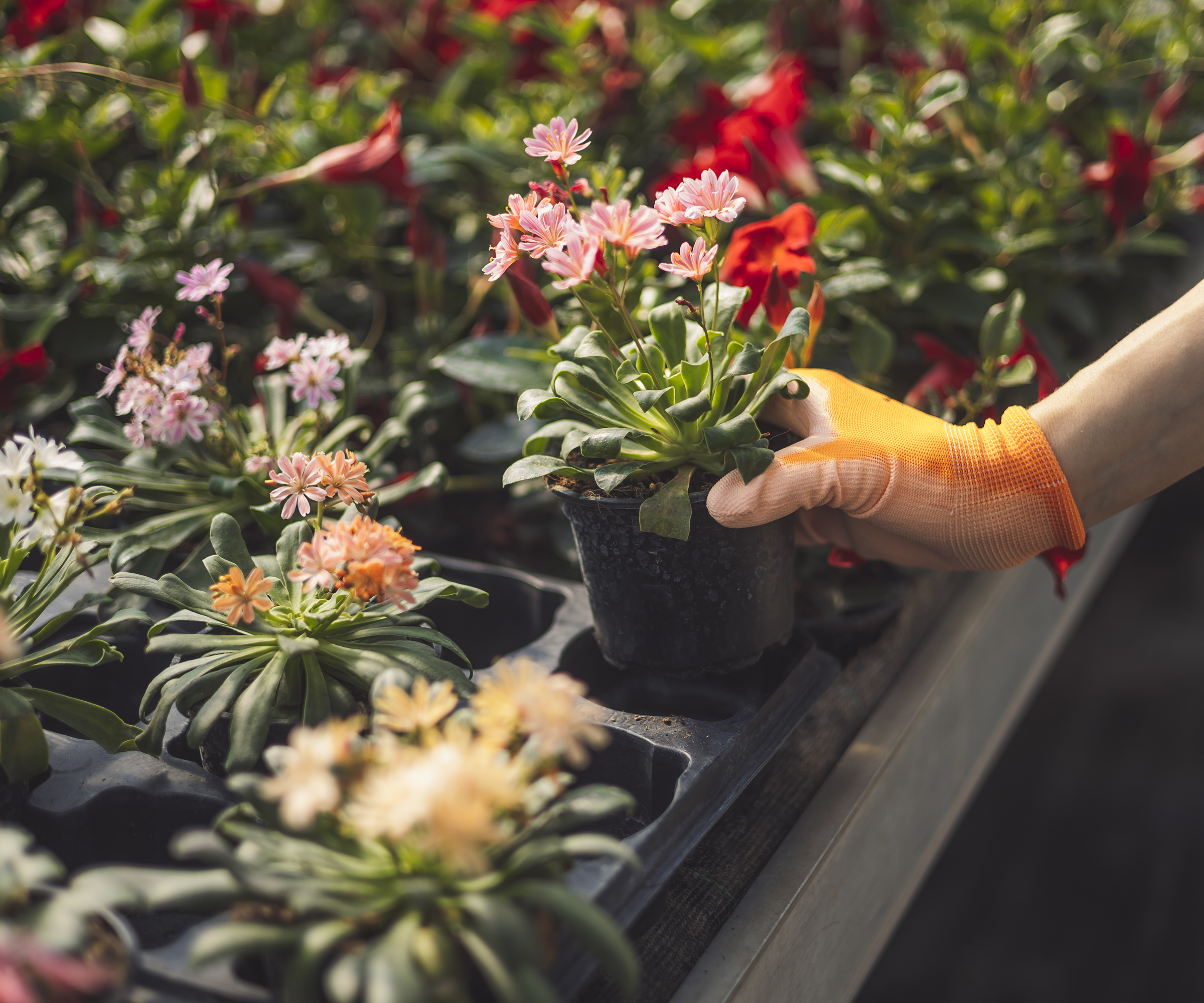
Choose young forms of plants for filling gaps
Buying your plants when they are smaller is extremely cost effective. Herbaceous perennials which are planted in the spring as young plants will flower in the summer and will continue to increase in size and bloom again in subsequent years.
Look out for robust perennials, such as nepeta and geum, in small pots in spring time.
Size matters when it comes to the cost of bedding plants, too. You can fill gaps in borders or create some bold containers with multi packs of small bedding plants. Buying in bulk will cost you less per plant.
Traditional red geraniums, grown as houseplants or summer patio plants, are great value. Keep your eyes peeled for trays of baby geraniums in springtime and pot them up at home for glorious color all summer long.
Junior Walker™ Catmint | Was $49.99, now $29.99 at Nature Hills
There are few areas of the garden where catmint won't thrive and there's currently a big saving to be had on this variety.
3. Buy discounted plants
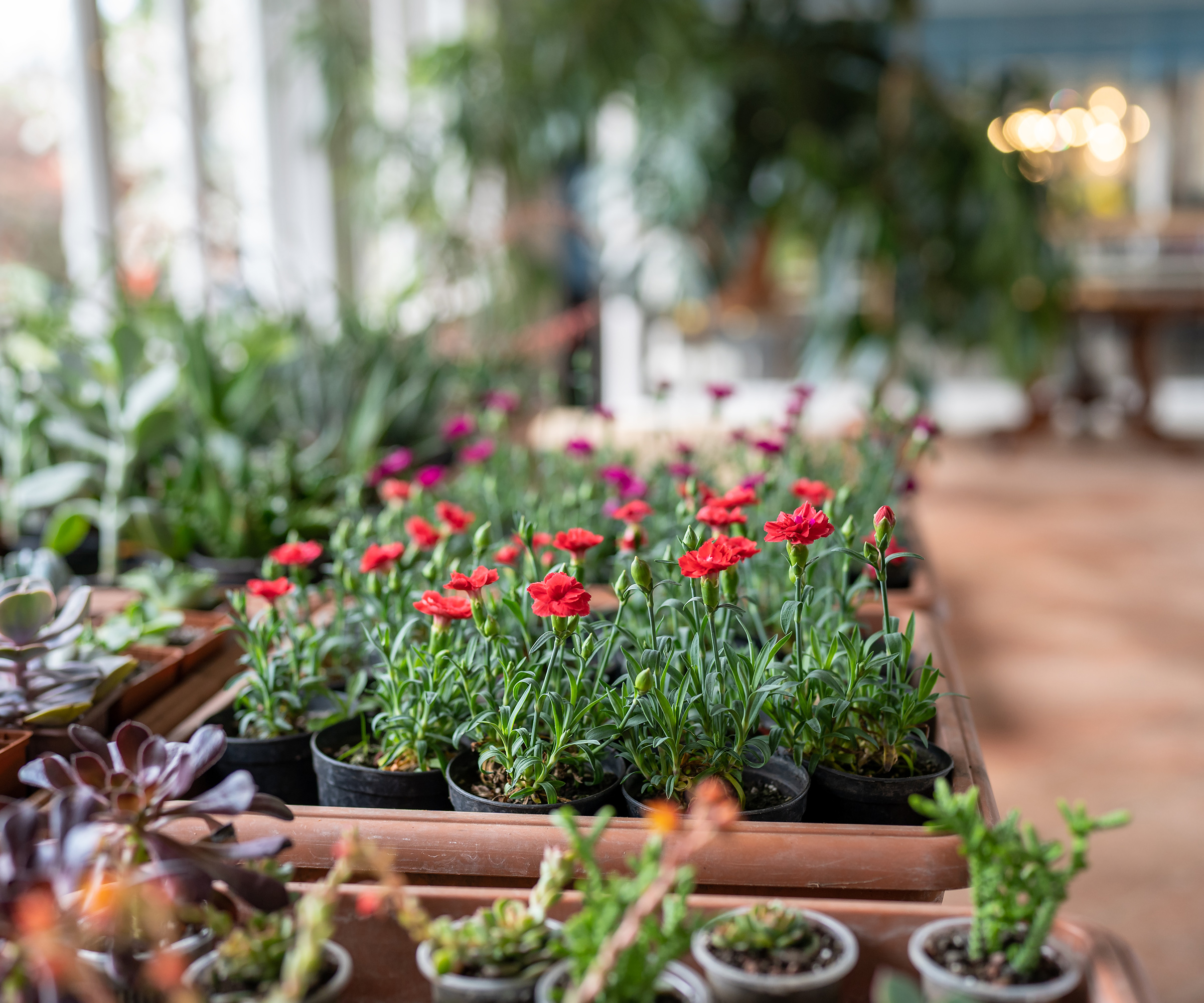
Look out for any plants or products in the sale
It almost goes without saying to keep an eye out for special offers and discounts. But a great way to do this is to buy shrubs and perennials out of their growing season. Although they'll be looking a bit past their best in the garden center, be secure in the knowledge that they'll come back to life next year.
Then take cuttings from your garden-center shrubs to multiply them and try them out as garden edging ideas.
4. Take advantage of company perks
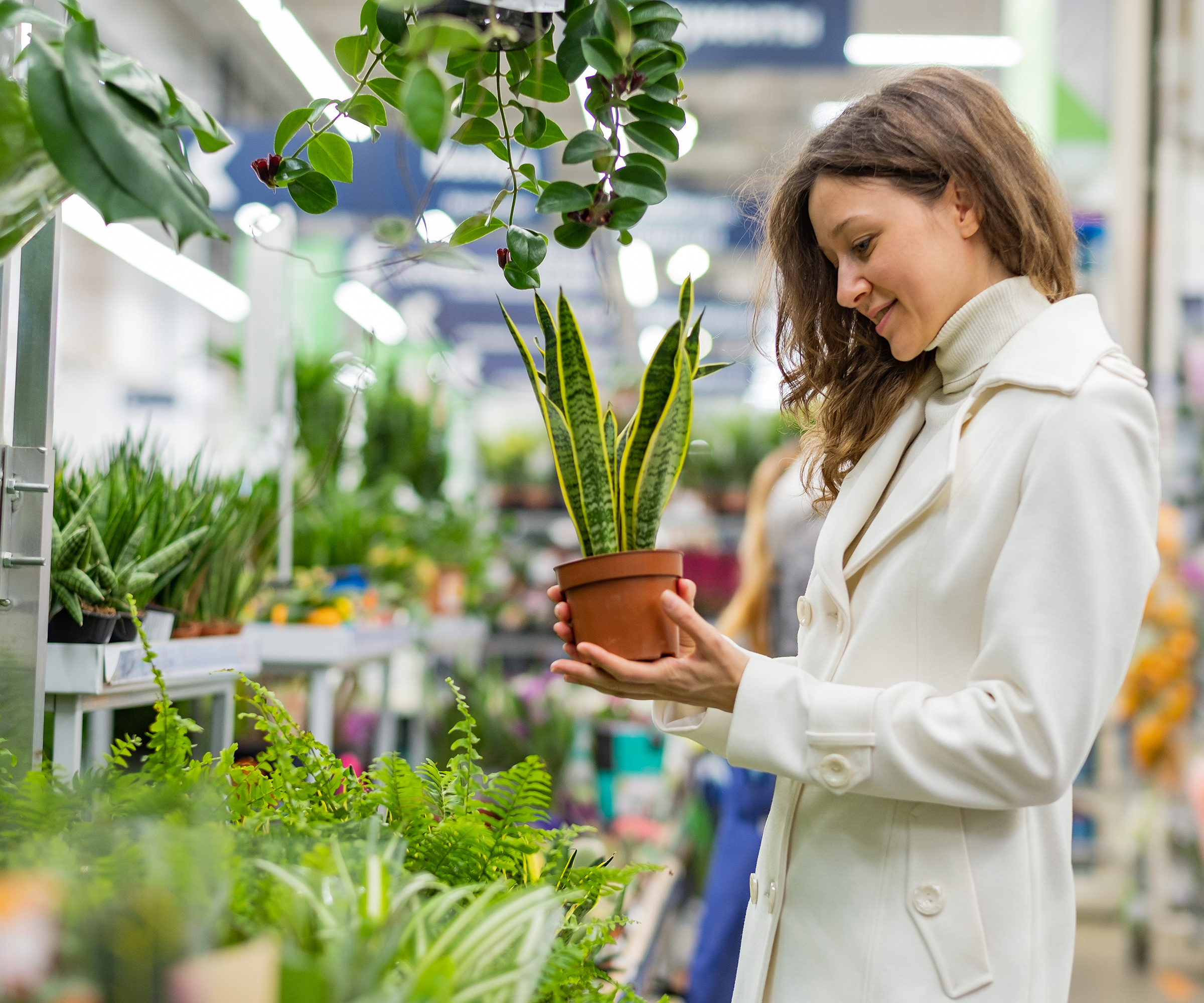
Talk to the staff at your garden center to hear about any special reward schemes
Find out what sort of rewards your local garden center offers its customers. For example, many will give a guarantee on hardy plants, which means you can take them back and get a refund if they fail. A great insurance policy for your investment.
And some garden centers offer a customer loyalty card or a membership, which will give discounts on purchases or a price reduction in the long run. There may even be the occasional giveaway which is an excellent way to save money at the garden center.
5. Choose large plants and divide them
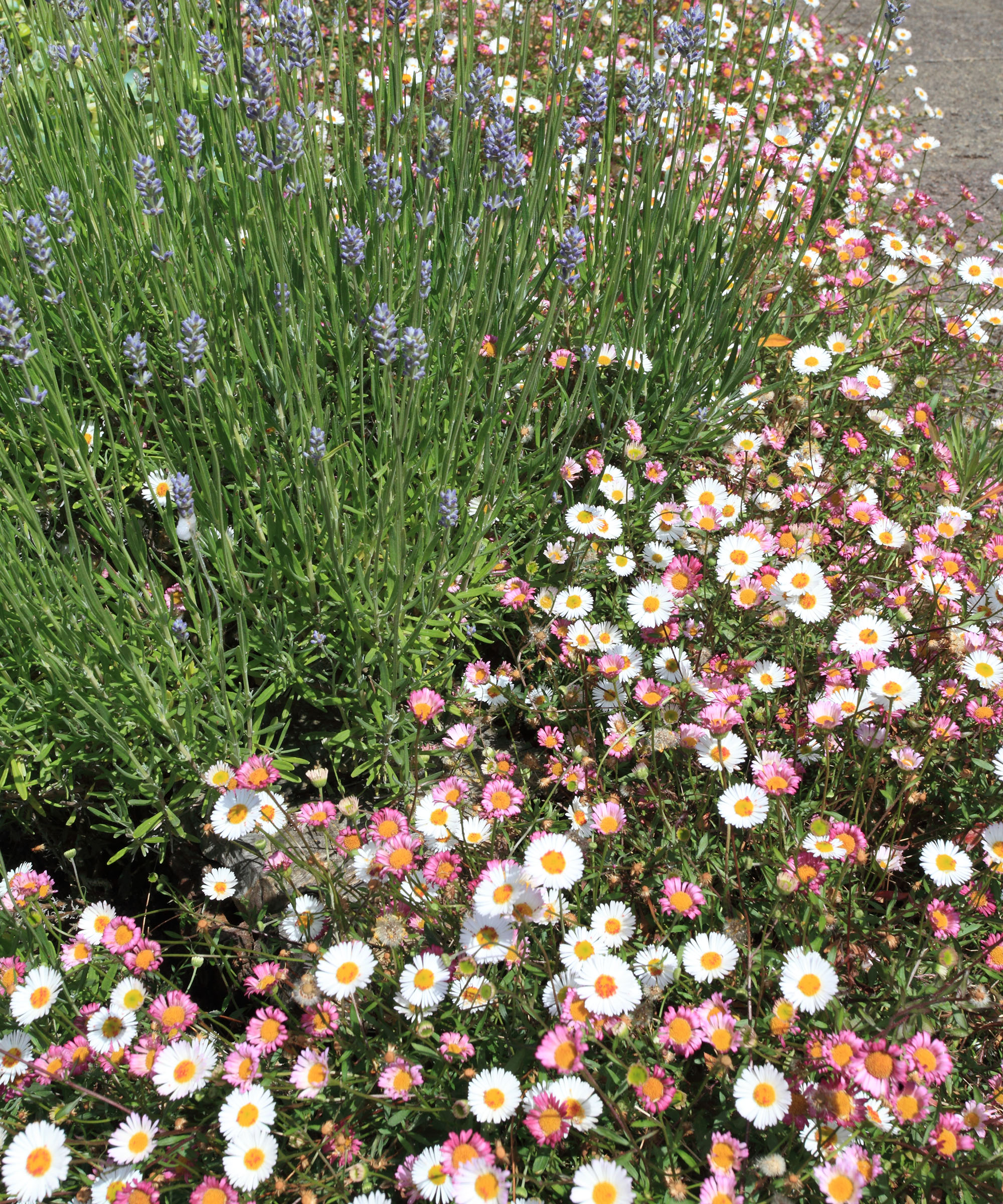
Choose self-seeding plants which will multiply without effort, such as Mexican fleabane
Look out for perennials that can be separated to create new plants. ‘Another way to save money at the garden center, is to buy plants in larger sizes and then divide them to make more plants,’ says Kier. ‘Daylilies and agapanthus are good examples.’ Crocosmia and aster are also easy to divide.
You can also buy plants that seed themselves, providing you with free plants year after year. They include columbine, rose campion, mountain cranesbill, foxgloves, purple top, and Mexican fleabane.
6. Buy bare root plants
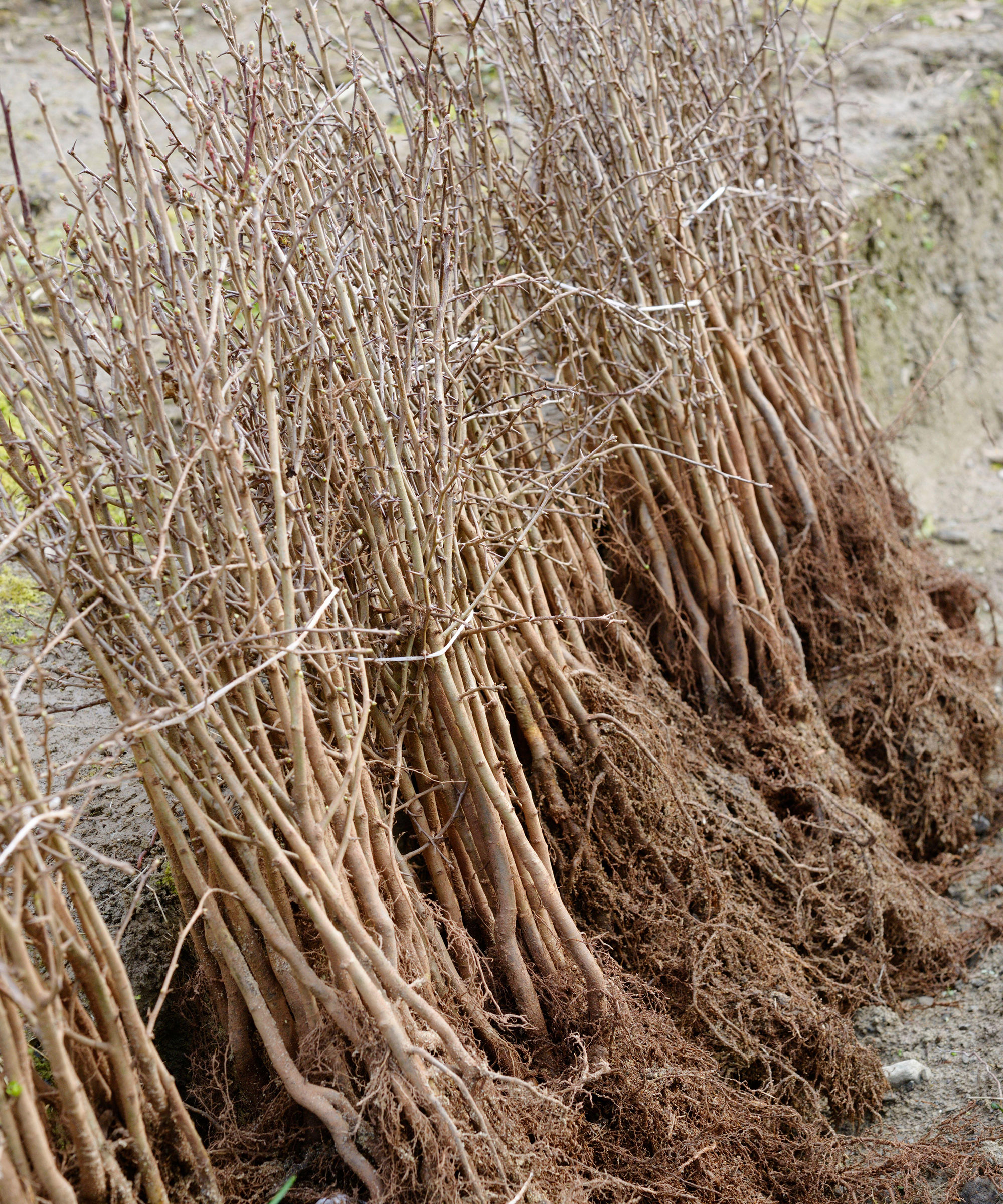
Bare root trees will be cheaper than their potted counterparts
Between fall and early spring, several plants are available to buy ‘bare root’ (without soil), which is cheaper and helps the plants to establish much quicker. Like this three pack of giant hosta bare root plants at Walmart.
If you want to grow roses and trees, learning how to plant bare root trees is by far the best approach to get a good result. Look out for bare-root fruit trees and hedging plants, which are often sold in low-cost bulk bundles, and can be used as budget landscaping ideas.
7. Choose fast-growing options
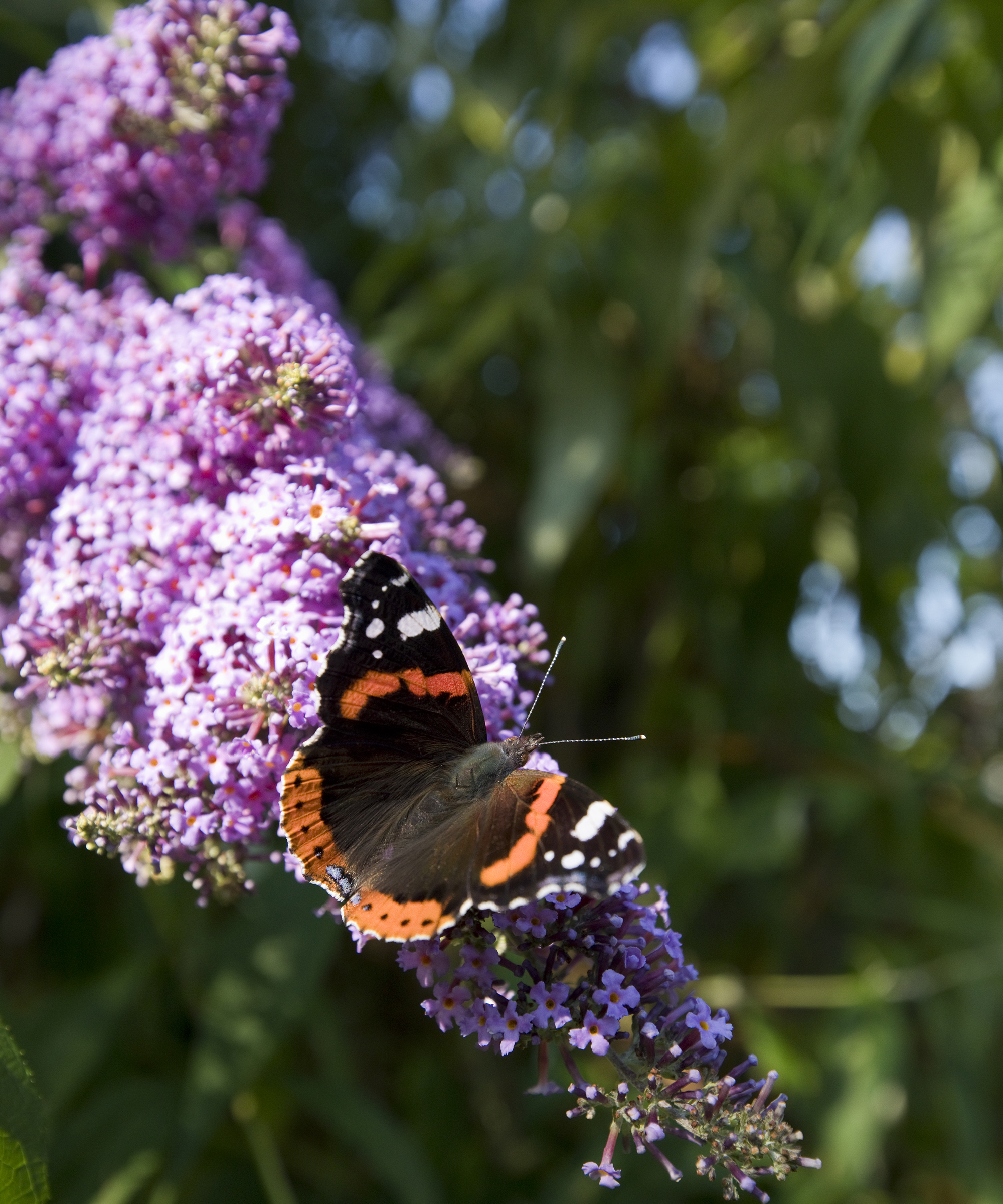
Choose fast growing plants like butterfly bush, to get more bang for your buck, but make sure they are not considered invasive in your area first
‘Create privacy quicker but still with a budget in mind by growing fast-growing plant varieties of evergreen vines and shrubs,’ suggests Kier. Birch trees, Clematis montana, rambling roses, star jasmine, passion flower, cherry laurel, butterfly bush, and bamboo are all examples of plants that grow fairly fast.
Some overly vigorous plants can be a problem further down the line, so make sure you’re not buying a monster for a tiny yard, and check the species is not an invasive plant in your area.
By the same token, avoiding slow-growing plants (such as Japanese maple trees) will save money in the short-term by negating the need to purchase temporary space-filling plants.
8. Select healthy plants
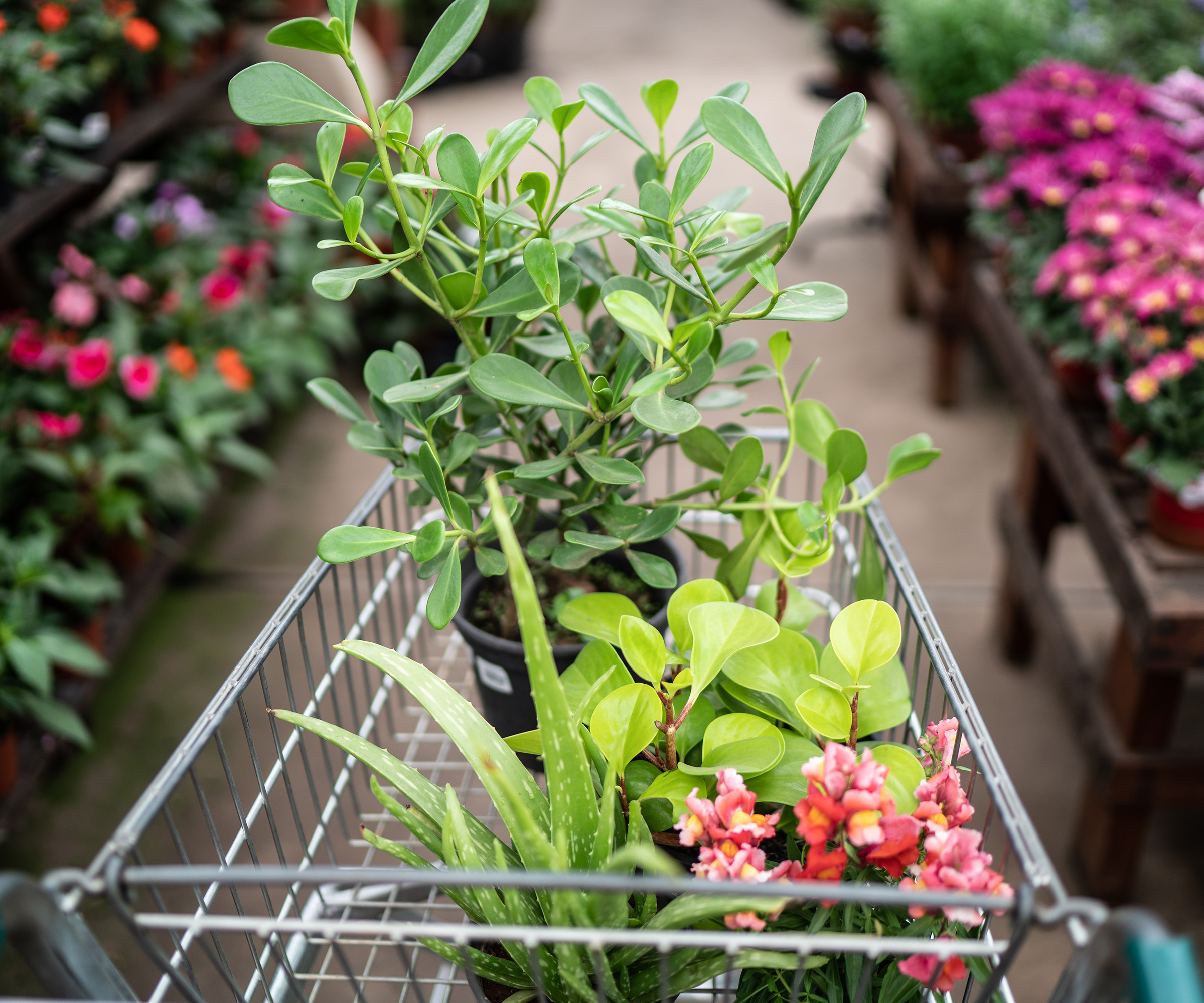
If you can, gently remove plants from their pots to check root health
Check that the plant you’re buying is in a good state of health to ensure it survives once planted out and doesn’t introduce pests or diseases into your garden. The foliage should look healthy, there shouldn’t be moss growing on the compost, and, underneath, you don’t want to find slugs or yellow overcrowded roots.
If the plant isn’t too heavy, remove the pot to check that the roots aren’t yellowed and coiling around and around the plant (which means it is ‘pot bound’).
Purchasing plants from the garden center that are hard to kill is a sound long-term investment. For example, check that the plant is hardy in your area. If you live in a low-rainfall region or don’t want to water, select drought-tolerant plants such as echinops.
If you have a lot of slugs and snails – opt for slug repellent plants: such as hairy, thorny, poisonous, or aromatic plants.
9. Join mailing lists

Subscribe to updates on discounted offers at garden centers
We know that endless marketing emails can be unwanted additions to our inboxes. However, if you sign up for discount updates at the plant store, they can be yet another way to avoid paying full price for your new plants.
FAQs
When should I buy plants for my garden?
As long as the ground isn’t frozen, you can plant containerised plants at any time of year. However, there are optimum planting times – for example, most perennials are best planted in fall or spring. Bare-root plants (such as bare-root roses) should be bought and planted between late fall and early spring.
If you've been inspired by these cost-saving tips then why not take it further and learn how to get free seeds to fill even more bare patches in your backyard.
Sign up to the Homes & Gardens newsletter
Design expertise in your inbox – from inspiring decorating ideas and beautiful celebrity homes to practical gardening advice and shopping round-ups.

Teresa was part of a team that launched Easy Gardens magazine two years ago and edited it for some time. Teresa has been a Gardens Editor at Homes & Gardens, Country Homes & Interiors and Living Etc magazine since 2020 and has developed close working relationships with top garden designers, and has been exposed to an array of rich garden content and expertise.
-
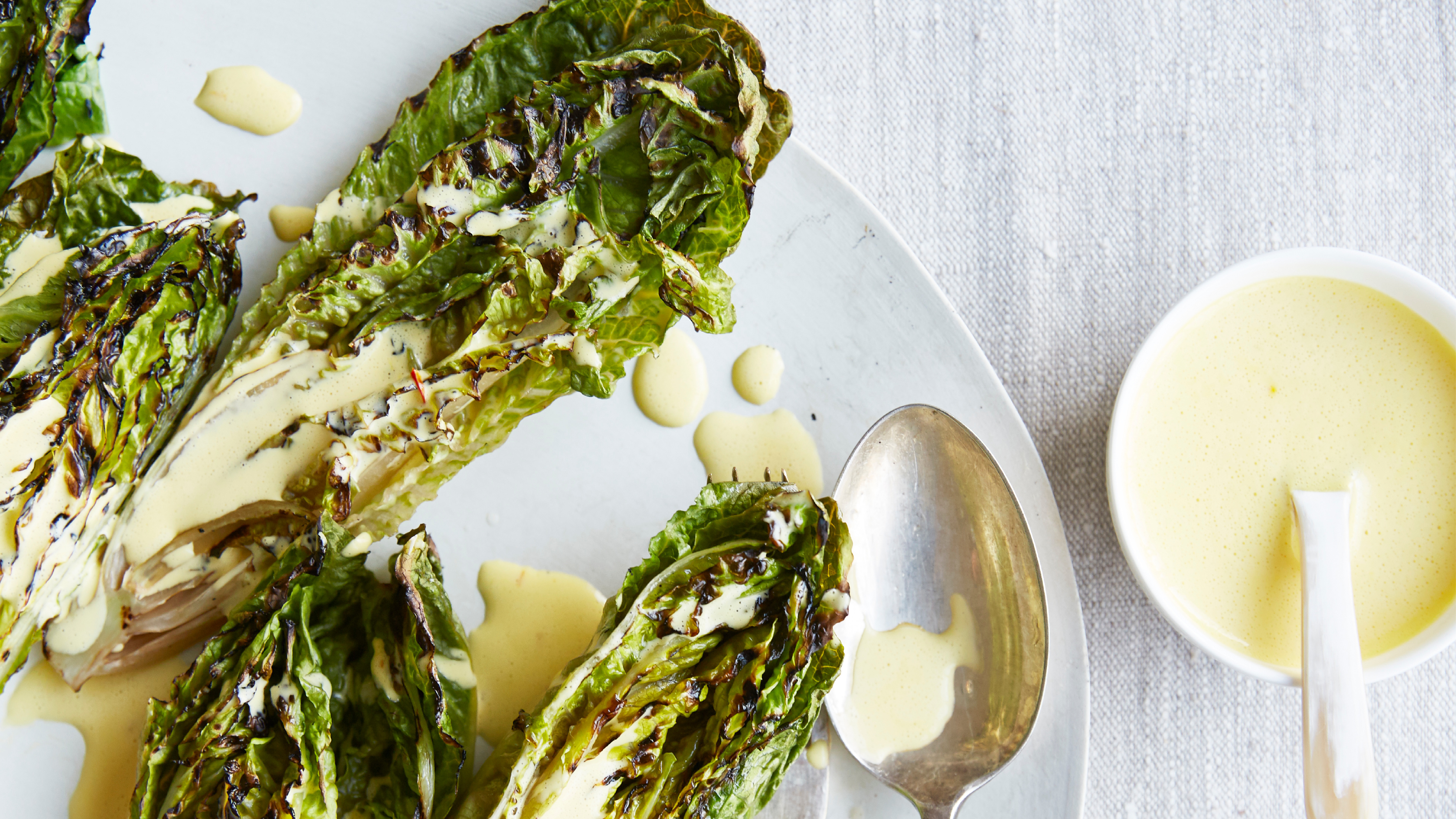 Charred little gem with saffron dressing
Charred little gem with saffron dressingThis recipe with charred little gem is both easy to make and sure to impress guests. It's the perfect side for fresh spring menus
By Alice Hart
-
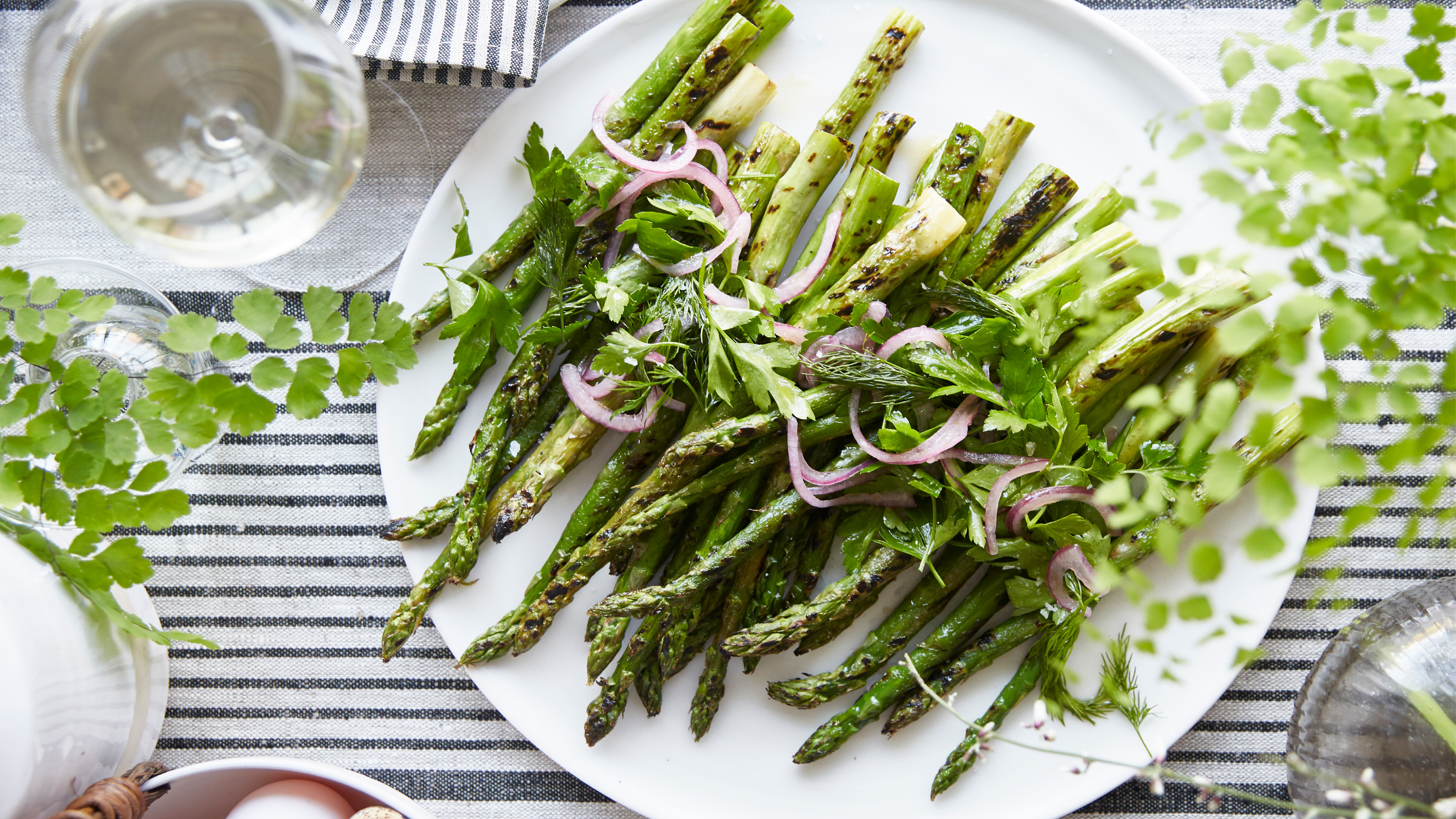 Grilled asparagus with herb and pickled red onion
Grilled asparagus with herb and pickled red onionThis grilled asparagus couldn't be easier, and it's a wonderful way to get the best flavor from our favorite spring veg. It's perfect alongside fish or lamb
By Alice Hart
